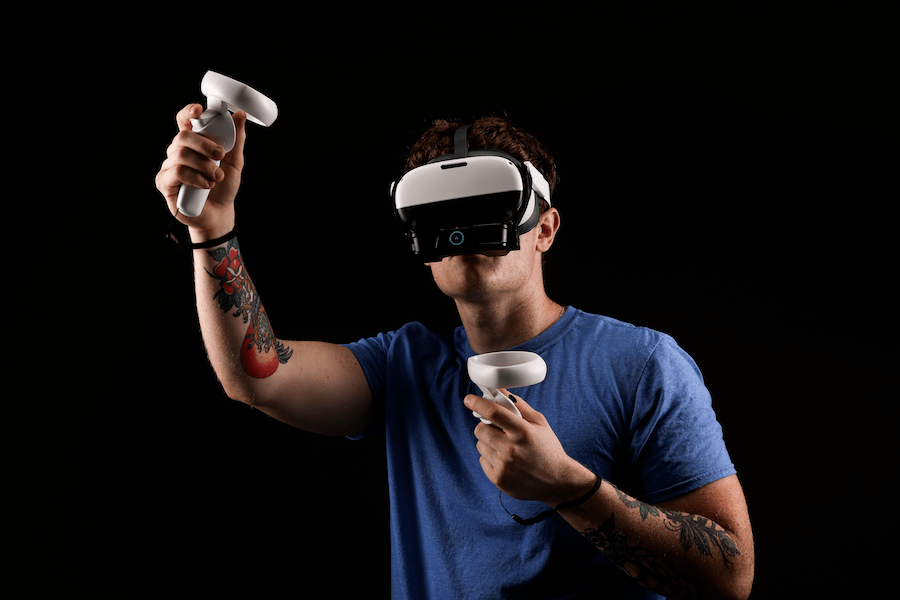
After Facebook changed its name to Meta last year, “metaverse” has become a hot new buzzword on everyone’s lips. But if you aren’t actually sure what people are referring to, you’re not alone. The concept seems incredibly futuristic and can be a little hard to grasp. Turns out, an online world called the metaverse first came up in 1992 in a sci-fi novel, Snow Crash, but today’s version is a little different, and it’s definitely not just sci-fi anymore.
What Is the Metaverse?
Today’s metaverse is essentially an infinite number of 3D worlds you can access with immersive technology like VR (virtual reality) and AR (augmented reality). It’s already well beyond gaming and social media. In today’s metaverse, you can attend virtual concerts, take a fitness class, even visit the Eiffel Tour in Paris—all from the comfort of your living room. It can even be used for remote work.
How You Can Experience The Metaverse
To experience and explore the metaverse, though, you’ll need to invest in some technology, in the form of hardware and software.
You’ll need a pair of glasses or a headset, so you can physically walk around and explore the metaverse. 3D construction, which helps capture more accurate shapes of objects, allows you to feel like you’re physically in the environment you’ve chosen to visit. In some instances, this technology could simulate exactly how locations in the physical world, such as the Museum of Modern Art in New York City, look like to create a more realistic experience for users.
There are also haptics, which are an extension of how you can experience the metaverse. Haptics enhances the VR experience and helps it to feel even more life-like. A simple example is a stylus pen that you use with your iPad. Another example (and one you may not be familiar with) is HaptX—a glove for the metaverse that allows you to physically touch the virtual worlds by providing real sensory feedback. Other companies continue to develop tools to allow users to interact with virtual items by haptic feedback, including Meta’s research team, which is also working on a haptic glove.
Sound and scent technologies are two other ways to enhance the metaverse. Imagine sitting on the beach (in the metaverse, of course) watching the waves (through a headset) and smelling the ocean. Imagine how much better your experience is with the addition of scent. Ditto for a tropical rainforest or field of wildflowers. The better the tools to access the metaverse, the more powerful and engaging it can become.
While this technology is not fully developed and will continue to evolve, its trajectory is not too far off from the internet and how we’ve adopted it into our lives. Nowadays, we do nearly everything online—or at least we can do most things online even if we choose not to. Likewise, soon enough we’ll all be in the metaverse. So, however you use the metaverse now, expect it to feel even more life-like in the future.
.png?width=618&height=603&name=ovr_circle_w%20(1).png)



